William Butler Yeats
Born in Dublin, Ireland, on June 13, 1865, William Butler Yeats was the son of a well-known Irish painter, John Butler Yeats. He spent his childhood in County Sligo, where his parents were raised, and in London. He returned to Dublin at the age of fifteen to continue his education and study painting, but quickly discovered he preferred poetry. Born into the Anglo-Irish landowning class, Yeats became involved with the Celtic Revival, a movement against the cultural influences of English rule in Ireland during the Victorian period, which sought to promote the spirit of Ireland’s native heritage. Though Yeats never learned Gaelic himself, his writing at the turn of the century drew extensively from sources in Irish mythology and folklore. Also a potent influence on his poetry was the Irish revolutionary Maud Gonne, whom he met in 1889, a woman equally famous for her passionate nationalist politics and her beauty. Though she married another man in 1903 and grew apart from Yeats (and Yeats himself was eventually married to another woman, Georgie Hyde Lees), she remained a powerful figure in his poetry.
William Butler Yeats is widely considered to be one of the greatest poets of the 20th century.He
belonged to the Protestant, Anglo-Irish minority that had controlled the economic, political, social, and cultural life of Ireland since at least the end of the 17th century. Most members of this minority considered themselves English people who happened to have been born in Ireland, but Yeats was staunch in affirming his Irish nationality. Although he lived in London for 14 years of his childhood (and kept a permanent home there during the first half of his adult life), Yeats maintained his cultural roots, featuring Irish legends and heroes in many of his poems and plays
He was equally firm in adhering to his self-image as an artist. This conviction led many to accuse him of elitism, but it also unquestionably contributed to his greatness. As fellow poet W. H. Auden noted in a 1948 Kenyon Review essay entitled "Yeats as an Example," Yeats accepted the modern necessity of having to make a lonely and deliberate "choice of the principles and presuppositions in terms of which [made] sense of his experience." Auden assigned Yeats the high praise of having written "some of the most beautiful poetry" of modern times.
In 1885, an important year in Yeats's early adult life, he saw his first publication, in the Dublin University Review, of his poetry and the beginning of his important interest in occultism. It was also the year that he met John O'Leary, a famous patriot who had returned to Ireland after totaling 20 years of imprisonment and exile for revolutionary nationalistic activities. O'Leary had a keen enthusiasm for Irish books, music, and ballads, and he encouraged young writers to adopt Irish subjects. Yeats, who had preferred more romantic settings and themes, soon took O'Leary's advice, producing many poems based on Irish legends, Irish folklore, and Irish ballads and songs. As he explained in a note included in the 1908 volume Collected Works in Verse and Prose of William Butler Yeats: "When I first wrote I went here and there for my subjects as my reading led me, and preferred to all other countries Arcadia and the India of romance, but presently I convinced myself ... that I should never go for the scenery of a poem to any country but my own, and I think that I shall hold to that conviction to the end."
From his poems
The Tower
1928
What shall I do with this absurdity—
O heart, O troubled heart—this caricature,
Decrepit age that has been tied to me
As to a dog’s tail?
Never had I more
Excited, passionate, fanatical
Imagination, nor an ear and eye
That more expected the impossible—
No, not in boyhood when with rod and fly,
Or the humbler worm, I climbed Ben Bulben’s back
And had the livelong summer day to spend.
It seems that I must bid the Muse go pack,
Choose Plato and Plotinus for a friend
Until imagination, ear and eye,
Can be content with argument and deal
In abstract things; or be derided by
A sort of battered kettle at the heel.
The Second Coming
1920
Turning and turning in the widening gyre
The falcon cannot hear the falconer;
Things fall apart; the centre cannot hold;
Mere anarchy is loosed upon the world,
The blood-dimmed tide is loosed, and everywhere
The ceremony of innocence is drowned;
The best lack all conviction, while the worst
Are full of passionate intensity.
Surely some revelation is at hand;
Surely the Second Coming is at hand.
The Second Coming! Hardly are those words out
When a vast image out of Spiritus Mundi
Troubles my sight: somewhere in sands of the desert
A shape with lion body and the head of a man,
A gaze blank and pitiless as the sun,
Is moving its slow thighs, while all about it
Reel shadows of the indignant desert birds.
The darkness drops again; but now I know
That twenty centuries of stony sleep
Were vexed to nightmare by a rocking cradle,
And what rough beast, its hour come round at last,
?Slouches towards Bethlehem to be born







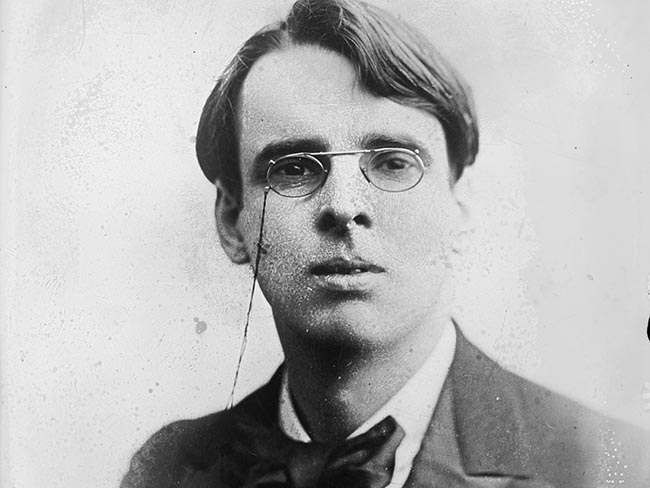
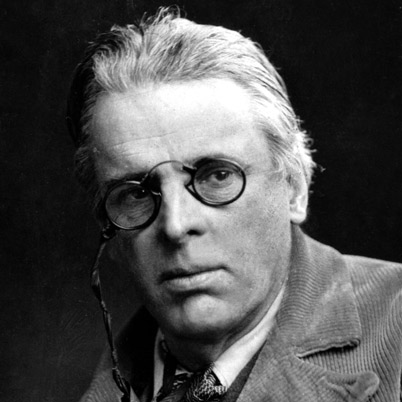
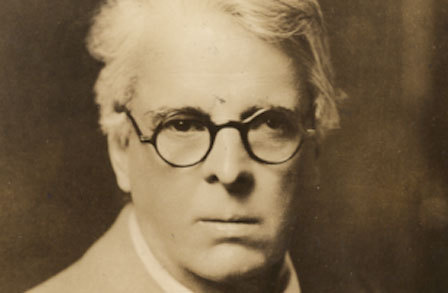
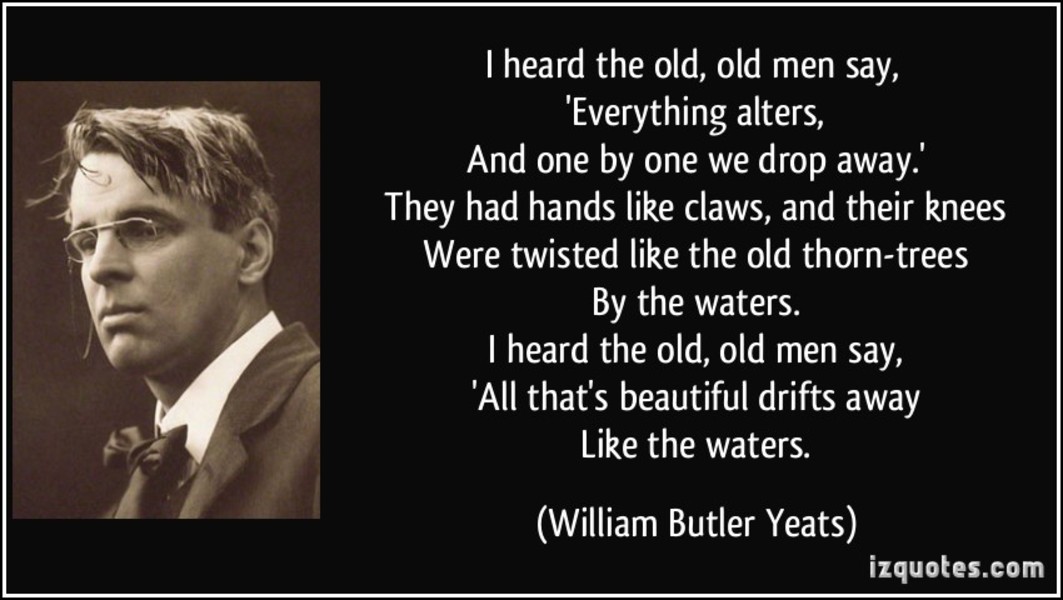
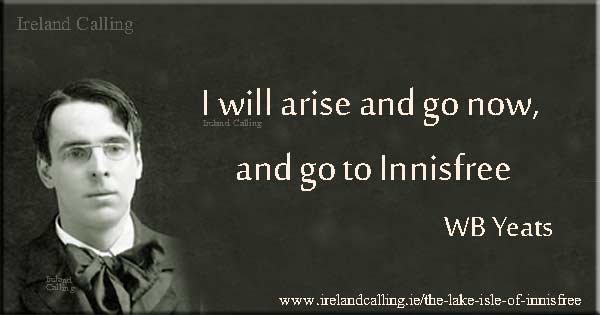
 رد مع اقتباس
رد مع اقتباس